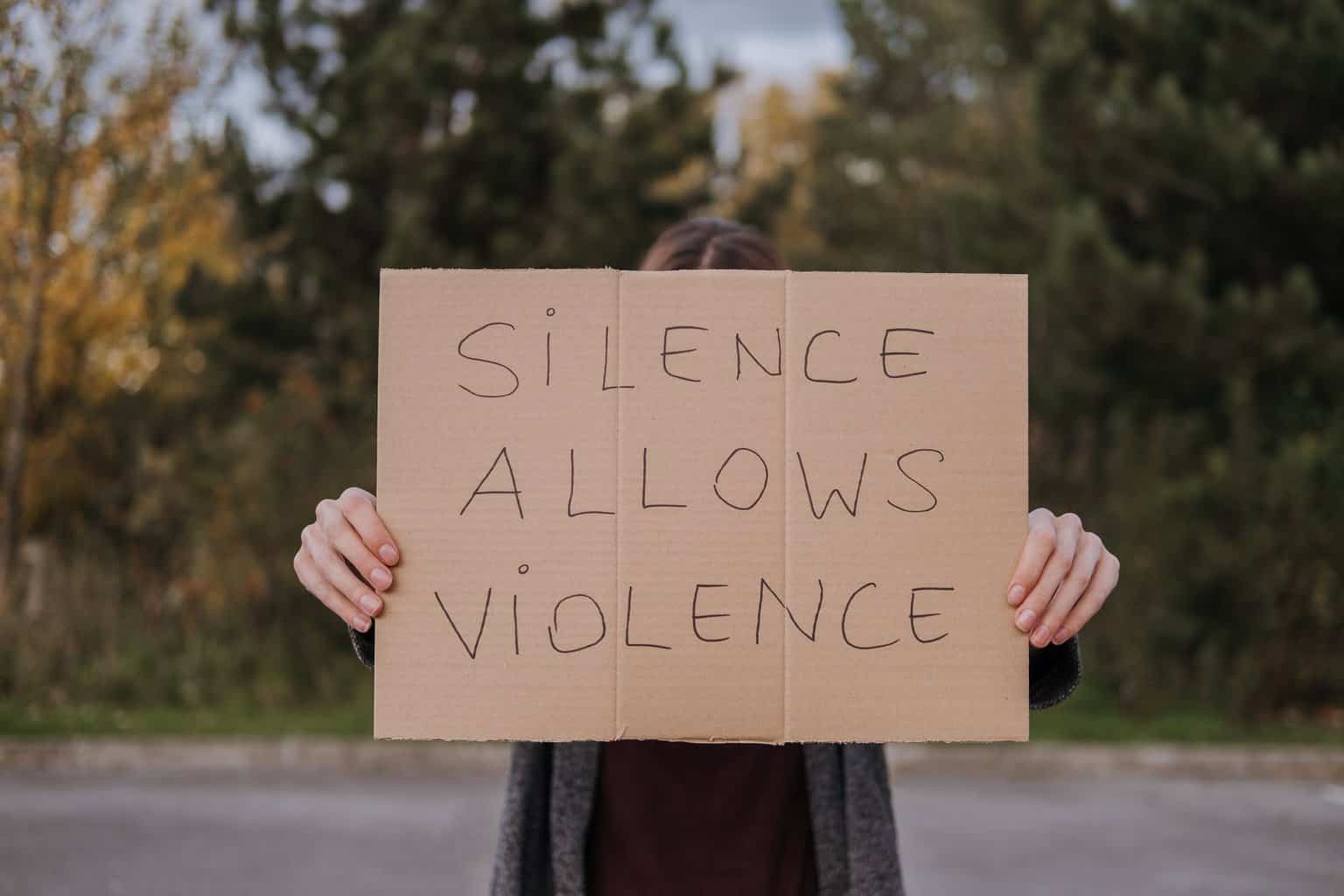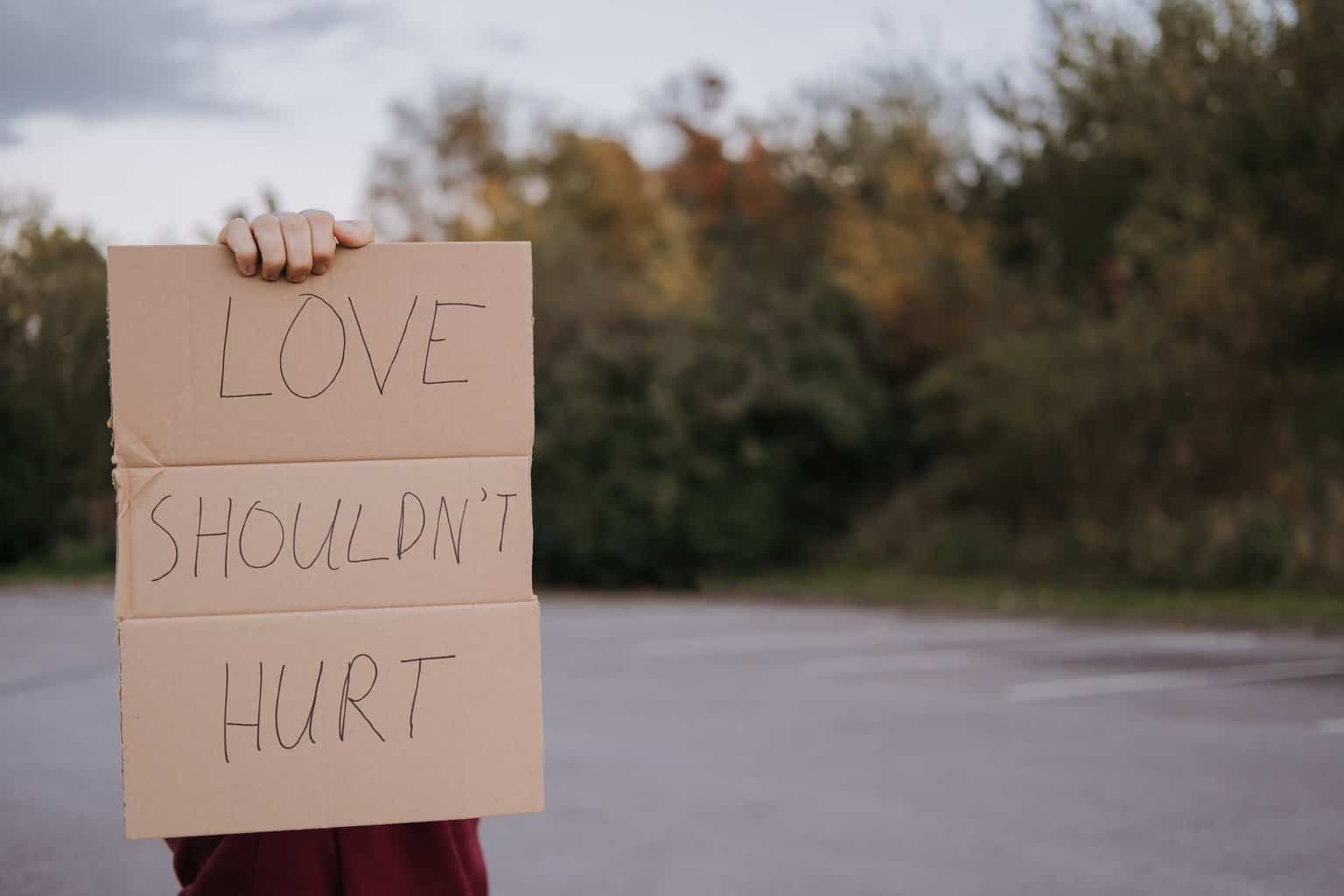Featured
When someone is convicted of domestic violence, it has ramifications for the rest of their lives. Victims of domestic violence also feel the consequences throughout their lifetime. Domestic violence is scary but, unfortunately, more common than we might even feel comfortable acknowledging.
The following are six domestic violence facts everyone should know to stay informed and empowered.
Domestic Violence Facts

It’s a Pattern
Domestic violence is characterized by a pattern of behaviours that are abusive. The abusive individual behaves in this way to exert control and power over someone else within the context of an intimate or familial relationship.
This type of violence includes more than one or even several isolated examples of violence. There are instead patterns that develop, including a variety of abusive behaviours. These behaviours tend to increase in intensity and frequency over time.
A violent cycle can happen many times in relationships that are abusive.
According to the Centers for Disease Control and Prevention, 1 in 3 women and also 1 in 3 men in this country experience intimate partner violence in their life. One in three teens experiences dating violence.
Twenty people are abused by their intimate partners every minute, totalling 10 million a year.
Men and Women Can Be Victims
Domestic violence campaigns and outreach tend to focus on women, but in reality, men can also be victims. In one study, 40% of victims were found to be men.
Even though men can and are victims, men are more likely to use extreme violence or weapons against their partners.
Unfortunately, men who’ve experienced abuse feel as if they’re stigmatized or minimized and aren’t comfortable coming forward.
There Are Warning Signs
Some of the signs of a potentially abusive relationship include:
- The victim might withdraw from other people, including friends and family, and make excuses not to see them or do things they once enjoyed.
- Someone who’s a victim of domestic violence might seem afraid or anxious around their partner.
- Bruises or injuries that don’t have an explanation show up.
- Victims tend to have limited access to resources such as credit cards and money or a car
- Extreme personality changes are a red flag.
- Someone who gets a lot of calls from their significant other can be a red flag, especially if the calls are a demand to get them to “check-in” or they seem to make the person nervous.
- A sign other people might notice is wearing clothing that doesn’t match the weather. Domestic violence victims might wear long pants and shirts even in the summer, for example.

It’s Not Only Physical
We tend to talk most about physical abuse within the context of domestic violence, but there are a lot of other forms that abuse can take.
For example, abusive partners will start to monitor activities and interactions. They’ll say they’re doing it because they want to protect their partner. Listening to private conversations, answering calls, and checking emails that are someone else’s can be signs of a problem.
Some abusers manipulate partners in less traditional ways. They might, for example, act very insecure in an attempt to get attention. They might also use guilt as a way to manipulate their partner.
Abusers will frequently try to control money, which is financial abuse. This makes it hard for someone to leave the situation, as well as being a way to generally exert control over someone else.
It’s not uncommon for abusive people to try and keep their partners from working, so then they’re entirely dependent on them for everything. An abusive person will want to limit the freedom of their partner.
Leaving Isn’t Easy
Sometimes we might hear about a situation with domestic violence and wonder why the victim didn’t just leave. Unfortunately, it’s not that easy. Some people deal with abuse for years, but they might be totally mentally controlled by their abuser.
Telling someone to just leave is not helpful.
The person needs to have what they see as a window of opportunity as well as money and a safe place to go.
Someone living in a violent situation might also need mental health support.
There Can Be Serious Legal Consequences
If someone’s in an abusive situation, they need to let the authorities know as soon as they can. Domestic violence can be a misdemeanour or felony, depending on the situation and the state law. If someone is convicted of domestic violence, they might face fines, jail time, and probation. They may be required to attend domestic violence training, and the victim may be able to get a protective order against them.























